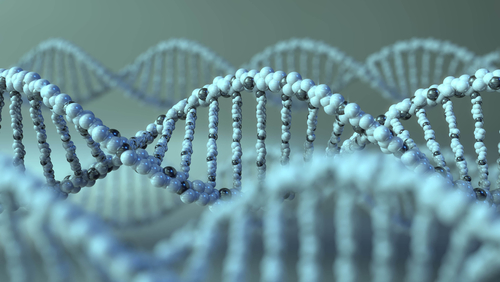Preclinical Data Has AVR-RD-02 Gene Therapy on Track for First Trial in Humans

Avrobio presented updated preclinical data for AVR-RD-02, its gene therapy candidate for Gaucher disease, and announced its plans to begin the first clinical studies in patients with type 1 disease in the second half of 2019.
The new data were shared at this year’s annual meeting of the American Society of Gene and Cell Therapy by Stefan Karlsson, MD, PhD, professor at Lund University. His presentation was titled “Clinical Glucocerebrosidase Lentiviral Vector Corrects the Pathology and Clinical Signs in a Mouse Model for Type 1 Gaucher Disease.”
Gaucher disease is a rare, inherited metabolic disorder caused by mutations in the GBA gene, which carries the instructions to make beta-glucocerebrosidase (GCase), an enzyme needed for breaking down the fat (lipid) molecule glucocerebroside.
As a result, people with Gaucher are deficient for this enzyme and accumulate toxic amounts of glucocerebroside, especially in the bone marrow, spleen, and liver, which leads to the symptoms of Gaucher disease.
Enzyme replacement therapy (ERT) is the standard treatment for people with type 1 Gaucher disease, a milder form of the disorder that does not involve the brain and spinal cord.
ERT consists of infusions of lab-made preparations of glucocerebrosidase, such as Cerezyme (imiglucerase, by Sanofi Genzyme), VPRIV (elaglucerase alfa, by Shire), and Elelyso (taliglucerase alfa, by Protalix). These treatments work to alleviate disease symptoms, but require intravenous injections for the patient’s whole life.
Gene therapy is a potential treatment option expected to yield durable, lifelong effectiveness without the need for repeated administration.
AVR-RD-02 investigational gene therapy consists of a modified, harmless lentivirus used to deliver a healthy GBA gene into patients’ cells to replace the mutated copy and restore the production of a working GCase enzyme.
The full approach consists of collecting a patient’s hematopoietic (blood-forming) stem cells, modifying them in the lab through the virus-delivery system, and infusing them back into the patient, where they produce functional GCase in tissues throughout the body.
Recently, AVR-RD-02 received clearance from Health Canada to initiate GAU-201, a Phase 1/2 clinical trial that will collect the first safety and effectiveness data of using this therapy in patients with type 1 Gaucher disease. Avrobio expects to begin this study during the second half of 2019.
The data now presented highlights the results of testing the approach in mouse models of Gaucher disease. These mice accumulate large amounts of glucocerebroside over time, show enlarged spleens, and low levels of red blood cells (anemia), just like patients.
Researchers tested AVR-RD-02 both during early disease and later on, when spleen enlargement was already evident in mice.
In both cases, the treatment led to a prominent reduction in glucocerebrosidase-accumulating cells — the so-called Gaucher cells — in clinically relevant tissues, including the bone marrow, spleen, liver, and thymus, as compared to mice that received a mock treatment.
Moreover, clearance of glucoserebroside resulted in reversal of spleen enlargement, restoration of blood values, and lowered infiltration of Gaucher cells in the bone marrow.
“We believe that Dr. Karlsson’s Gaucher mouse model proof-of-concept work shows multiple positive preclinical findings, including prevention and reversal of disease manifestations, as well as improvement trends in multiple bone parameters. Bone data are important because according to The National Gaucher Foundation bone problems are common in people living with Gaucher disease,” Birgitte Volck, MD, PhD, president of Research and Development at Avrobio, said in a press release.
“[O]ur preclinical findings support the initiation of a clinical trial for type 1 Gaucher disease using the clinical lentiviral vector described here to transduce hematopoietic stem cells from Gaucher type 1 patients followed by blood and marrow transplantation,” researchers who conducted the mouse study wrote.



